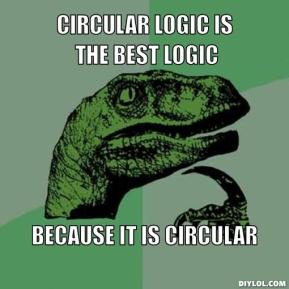The past weeks research was mostly protest related, which is the path along which I am strongly inclined. I dug through the moratoria papers, which in a nutshell is a collection of papers based on different moratoria (read day of dialogue) that have been held on campus to address concerns that had come up as a result of protests.
Moratorium: a temporary prohibition of an activity. Synonyms: embargo, ban, prohibition, suspension, postponement, stay, stoppage, halt, freeze, standstill, respite
So I learned that the day of dialogue isn’t a new thing, it has been proposed before on campus as a solution to some of the protests that have previously been held. Moratorium, day of concern, day of dialogue; same thing, different name. On top of that, the response to the day of dialogue as a solution hasn’t changed. The one that was held in my freshman year didn’t seem to bear much fruit, the same goes for the ones that were held 30 years ago. What this revealed to me is that I can take research on protests in a different direction. Rather than picking a specific time period, comparing similar protests that occurred at different points in time and seeing how they evolve over time, or how closely they mirror each other could also be interesting.
I also stumbled across the letter that President Plimpton of Amherst College sent to President Nixon of the U.S, to which President Nixon DID reply (albeit through his assistant). I’m also constantly finding random things in the Student which aren’t necessarily tied to protests but are cool, like for instance, the opinion sections where people weren’t afraid to blatantly express what was on there minds, and then googling the alums with the most controversial posts. I’m constantly finding cool things in the digging in process but at the back of my mind I feel like going through the archives is putting off actually having to start the project. I wouldn’t call it a dead end, but I really am not sure about where to start. Hopefully now that we have Gephi out of the way, I can channel all that energy to figuring out where.






